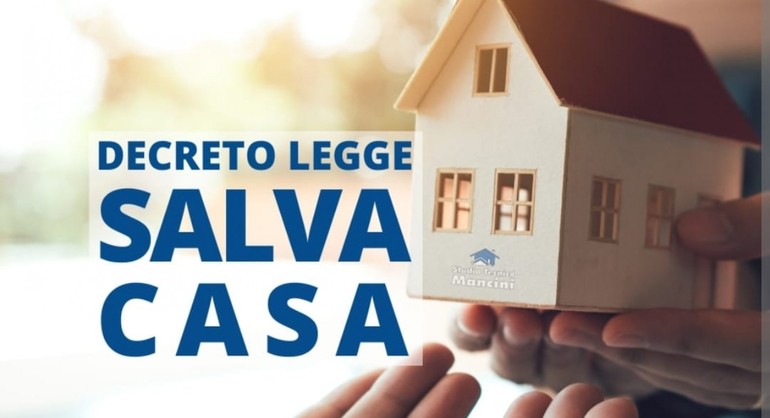The Save Home Decree
The Save Home Decree becomes law: here is the coordinated text with the amendments made
The Save Home Decree containing urgent measures on building and urban planning simplification becomes law: here is the coordinated text with the amendments to Law no. 105/2024
Published in the Official Journal no. 175 of 07.27.2024, Law no. 105 of 24 July 2024 for the conversion, with amendments, of the Decree Law no. 69 of 05.29.2024 (so-called Save Home Decree), containing urgent provisions on building and urban planning simplification aimed at providing immediate and concrete feedback to the growing housing need, while supporting the objectives of recovering the existing building stock and reducing land consumption, not yet published in the Official Journal.
As usual, the amendments made by the conversion law are printed in italics.
The measures contained in the decree, in force since May 30, are aimed at:
simplifying the provisions on construction and urban planning, also in order to meet the growing housing need, while supporting the objectives of recovering the existing building stock and reducing land consumption;
reviving the real estate market, also with a view to stimulating a positive trend in the values of real estate;
enabling the recovery and regeneration of buildings, also through the regularization of so-called minor building irregularities, in order to safeguard the public interest in the rapid circulation of goods.
In particular, these are specific measures aimed at removing those obstacles, recurring in practice, which cause the stalling of sales due to formal irregularities.
In light of the above, the provisions aim to safeguard the interest in the rapid circulation of goods, allowing the recovery and regeneration of buildings, through the adoption of simplification measures aimed at encouraging the regularization of so-called minor building irregularities, in order to safeguard the public interest in the rapid circulation of goods. "minor building irregularities".
In particular, these are irregularities that often slow down the sale and purchase operations, in some cases even compromising them.
Attic Recovery
Among the innovations introduced during the conversion process, we highlight those relating to the recovery of attics.
In order to encourage the expansion of the housing offer by limiting the consumption of new land, attic recovery interventions are still permitted, within the limits and according to the procedures established by regional law, even when the recovery intervention does not allow compliance with the minimum distances between buildings and from the boundaries, provided that the distance limits in force at the time of construction of the building are respected, that no changes are made, in the shape and surface, to the attic area, as delimited by the perimeter walls, and that the maximum height of the building permitted by the title that provided for its construction is respected.
The provisions of the more favorable regional laws remain unchanged. For an overview of the regional regulations in force regarding the recovery of attics, please refer to the dossier published by ANCE in June 2024 entitled "Attics: the disciplines on the territory".
The design engineer must certify the conformity of the project with the health and hygiene regulations for the recovery of attics in the following specific cases:
Minimum Internal Height
Rooms with a minimum internal height of less than 2.70 meters, up to the maximum limit of 2.40 meters.
Minimum Surface Area
Single-room accommodation for one person, with a minimum surface area, including services, of less than 28 square meters, up to the maximum limit of 20 square meters.
Accommodation for two people with a minimum surface area, including services, of less than 38 square meters, up to the maximum limit of 28 square meters.
Change of intended use
Without works: It is always permitted to change the intended use of a real estate unit within the same functional category without carrying out works, in compliance with the sector regulations.
Between functional categories: Change of intended use is permitted without works between some specific functional categories, with the possibility for municipalities to set specific conditions.
Minor building discrepancies
As clarified in the explanatory report accompanying the draft decree, the following are considered minor discrepancies, in particular:
the so-called "formal" discrepancies, resulting from uncertainties in the interpretation of the current legislation with respect to the demonstration of the legitimate status of the property;
the internal building discrepancies (so-called "tolerances"), res...






